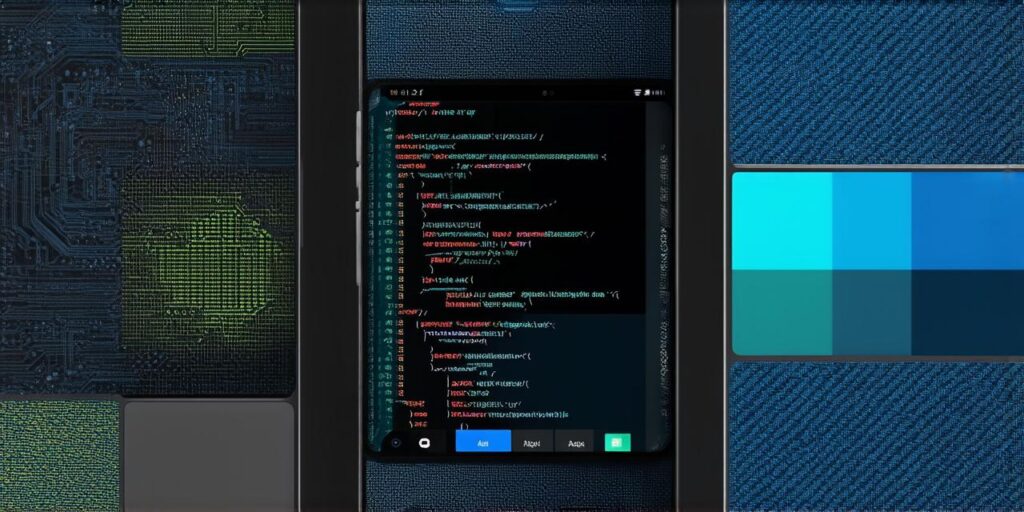When it comes to developing mobile applications, there are several programming languages that can be used. However, which language is best suited for which type of application will depend on a number of factors, including the target platform, the complexity of the app, and the preferences of the development team.
Java
Java is one of the most popular programming languages for developing Android applications. It is an object-oriented language that is easy to learn and use, making it a great choice for beginners. Java is also platform-independent, meaning that the same code can run on any device with a Java Virtual Machine (JVM) installed. This makes it easy to develop apps that can run on multiple platforms without having to write separate codebases for each one. However, Java can be slower than some other languages and may not be as efficient when it comes to battery usage.
Swift
Swift is the primary language used for developing iOS and macOS applications. It was introduced by Apple in 2014 and has quickly become one of the most popular languages among developers. Swift is an object-oriented language that is easy to learn and use, with a strong emphasis on safety and performance. It also integrates well with other Apple technologies, such as iCloud and Apple Pay. However, Swift is only compatible with iOS, macOS, watchOS, and tvOS, which limits its versatility compared to Java or Kotlin.
Kotlin
Kotlin is a programming language that was developed by JetBrains and is used for developing Android applications. It is an object-oriented language that is fully interoperable with Java, meaning that code written in one language can be easily integrated into code written in the other. Kotlin is also more concise than Java, making it easier to read and write. However, Kotlin is still a relatively new language and may not have as many resources or libraries available as Java.

React Native
React Native is an open-source mobile development framework created by Facebook. It allows developers to build mobile applications for both iOS and Android using a single codebase written in JavaScript or TypeScript. React Native uses a “bridge” to communicate between the JavaScript code and the native platform, which allows it to take advantage of the full range of features available on each device. However, React Native may not be as efficient as native development when it comes to performance and battery usage.
Conclusion
In conclusion, there are several programming languages that can be used for developing mobile applications, each with its own advantages and disadvantages. The choice of language will depend on a number of factors, including the target platform, the complexity of the app, and the preferences of the development team. Ultimately, it is up to the developer to choose the language that best suits their needs and skillset.



